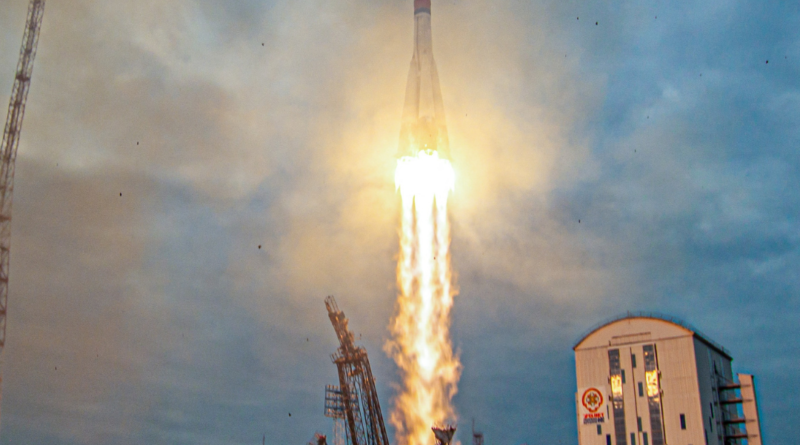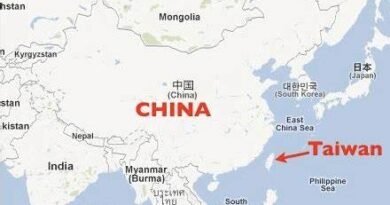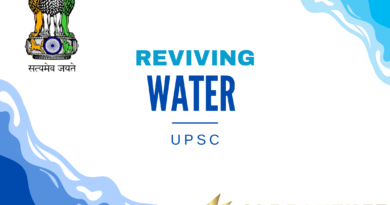About Russia’s Luna 25 |Ias Banenge
Context:
Recently, Russia launched its first moon-landing spacecraft in 47 years in a bid to be the first nation to make a soft landing on the lunar south pole. This mission, called Luna-25, is Russia’s first lunar attempt since 1976 and is in competition with India’s Chandrayaan-3 lunar lander that was launched last month.
Reference:
GS III: Science and Technology
READ MORE – Removal of Section 377 of IPC and Its Consequences| Ias Banenge
Dimensions of the Article:
- Luna-25 Moon Mission
- Russia’s Preceding Arrival
- Differences Between Luna-25 and Chandrayaan-3 Missions
- India and Russia’s Collaboration in Space Activities
Luna-25 Moon Mission
- A Luna-25 spacecraft was propelled into space by a Soyuz 2.1v rocket from the Vostochny cosmodrome, situated 5,550 kilometers east of Moscow, initiating the mission on August 11.
- The Space chief of Russia has projected that the lander will achieve touchdown on the moon’s surface by August 21.
- In contrast, India’s lunar mission is unable to land prior to August 23 due to the timing of lunar dawn at its intended landing site.
Operating Objectives of Luna-25:
- Luna-25, resembling the dimensions of a small car, is designed to function effectively on the moon’s south pole for a span of one year.
Russia’s Preceding Arrival:
- Russia’s Luna-25 launch came subsequent to Chandrayaan-3’s launch by almost a month (on July 14). Despite this, Luna-25 is projected to cover the extensive 3.84-lakh-km journey in mere days.
Explaining the Speed Difference:
- This can be attributed to Luna-25’s ability to adopt a more direct trajectory towards the moon. This advantage stems from its lighter payload and augmented fuel storage capacity.
- Luna-25’s launch mass stands at a mere 1,750 kg, a stark contrast to Chandrayaan-3’s 3,900 kg.
Path Adaptation for Chandrayaan-3:
- Due to Chandrayaan-3’s reliance on the LVM3 vehicle, which possessed a lower fuel reserve, a longer, more circuitous route was chosen.
- This involved a sequence of orbital adjustments after the Earth launch to boost velocity, ultimately propelling the spacecraft towards the moon.
- Chandrayaan-3’s arrival in lunar orbit took nearly 22 days following its launch.
Early Arrival Factors for Luna-25:
- Luna-25’s earlier landing can also be attributed to the fact that lunar dawn at its designated landing site will transpire earlier.
- Given that one lunar day equates to 14 Earth days and the payloads rely on solar panels, landing at the commencement of a lunar day guarantees a full 14 days for experiments.
Differences Between Luna-25 and Chandrayaan-3 Missions
Rover Presence:
- Luna-25: Unlike Chandrayaan-3, Luna-25 doesn’t carry a rover for mobility.
- Chandrayaan-3: Equipped with a rover capable of covering approximately 500 meters.
Scientific Objectives:
- Luna-25: Carries eight payloads to primarily study soil composition, dust particles in the polar exosphere, and crucially, to detect surface water.
- Chandrayaan-3: Features scientific instruments for studying lunar soil and water-ice.
Location Choice:
- Luna-25: Chosen for its proximity to the southern pole, which harbors craters in permanent shadow, increasing the likelihood of water-ice discovery.
- Chandrayaan-3: Also focuses on exploring the lunar south pole region for water-ice presence.
Mission Duration:
- Luna-25: Engineered for a mission duration of one year, facilitated by a heating mechanism and an alternate power source beyond solar panels.
- Chandrayaan-3: Designed to function for a single lunar day (14 Earth days) due to the absence of a heating mechanism to protect electronics during the lunar night’s extreme cold temperatures.
India and Russia’s Collaboration in Space Activities
Historical Collaboration:
- India and Russia have a longstanding history of collaboration in space exploration and activities.
Lander-Rover Collaboration for Chandrayaan-2:
- Initially, Russia was engaged to design the lander-rover for India’s Chandrayaan-2 mission.
- Russia’s involvement was disrupted due to the failure of its Fobos Grunt mission to Mars’ moon.
- This prompted India to independently develop the lander-rover, leading to a gap of 11 years between Chandrayaan-1 and Chandrayaan-2 missions.
Cryogenic Engine Technology:
- The predecessors of the LVM3 rocket, which launched Chandrayaan-3, used cryogenic engines obtained from Russia.
- India later progressed to develop this technology indigenously.
Overall Collaboration:
- Despite the challenges and transitions, India and Russia’s collaboration has played a role in shaping India’s space capabilities and advancements.
- Their history of joint efforts signifies the spirit of international cooperation in space exploration.
Source: Indian Express





Pingback: Bill to Alter Chief Election Commissioner Appointment Process